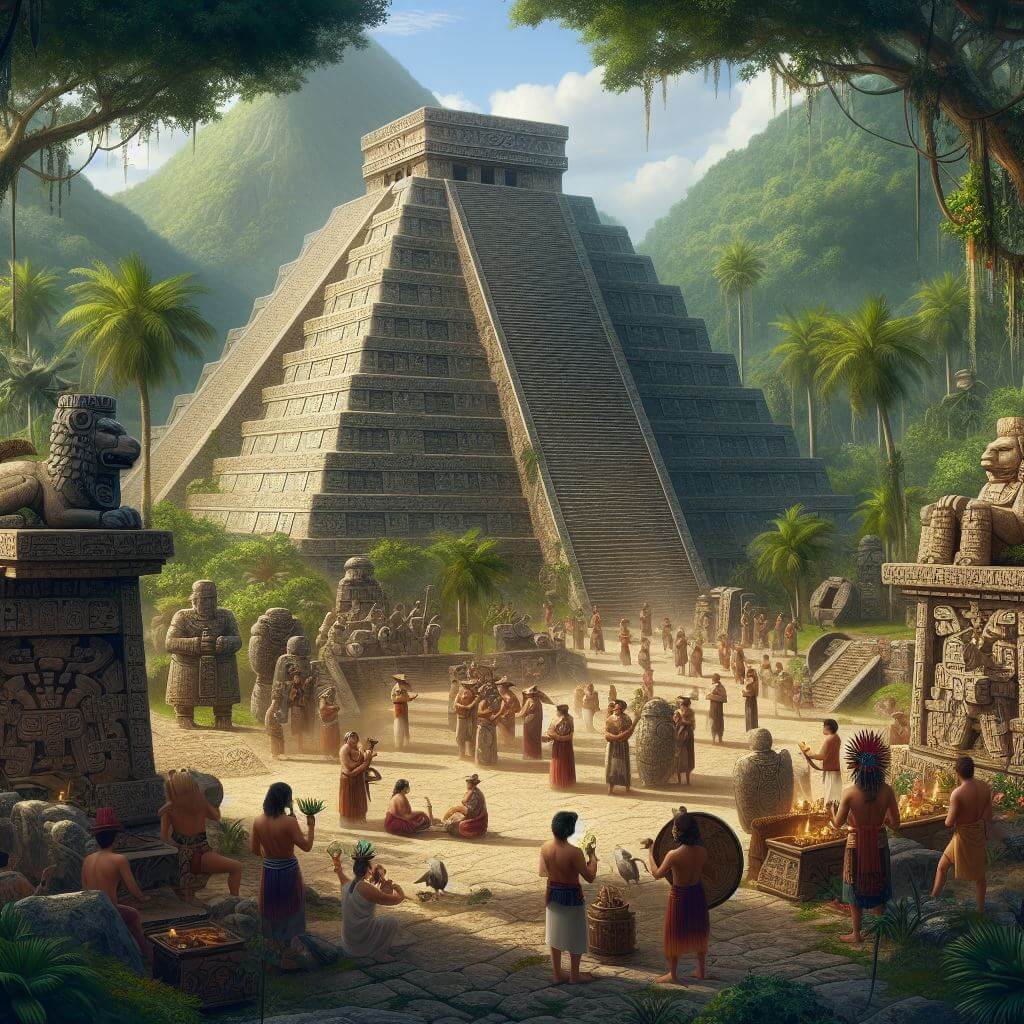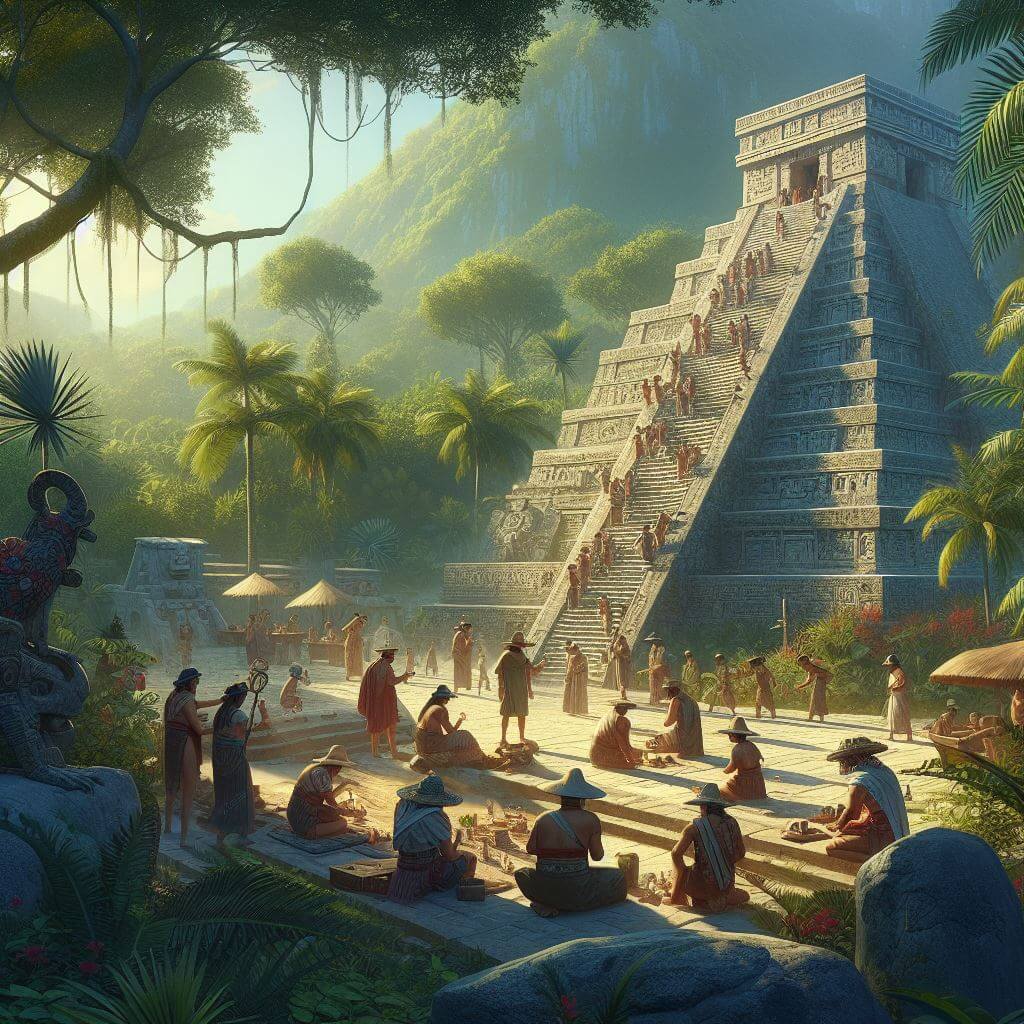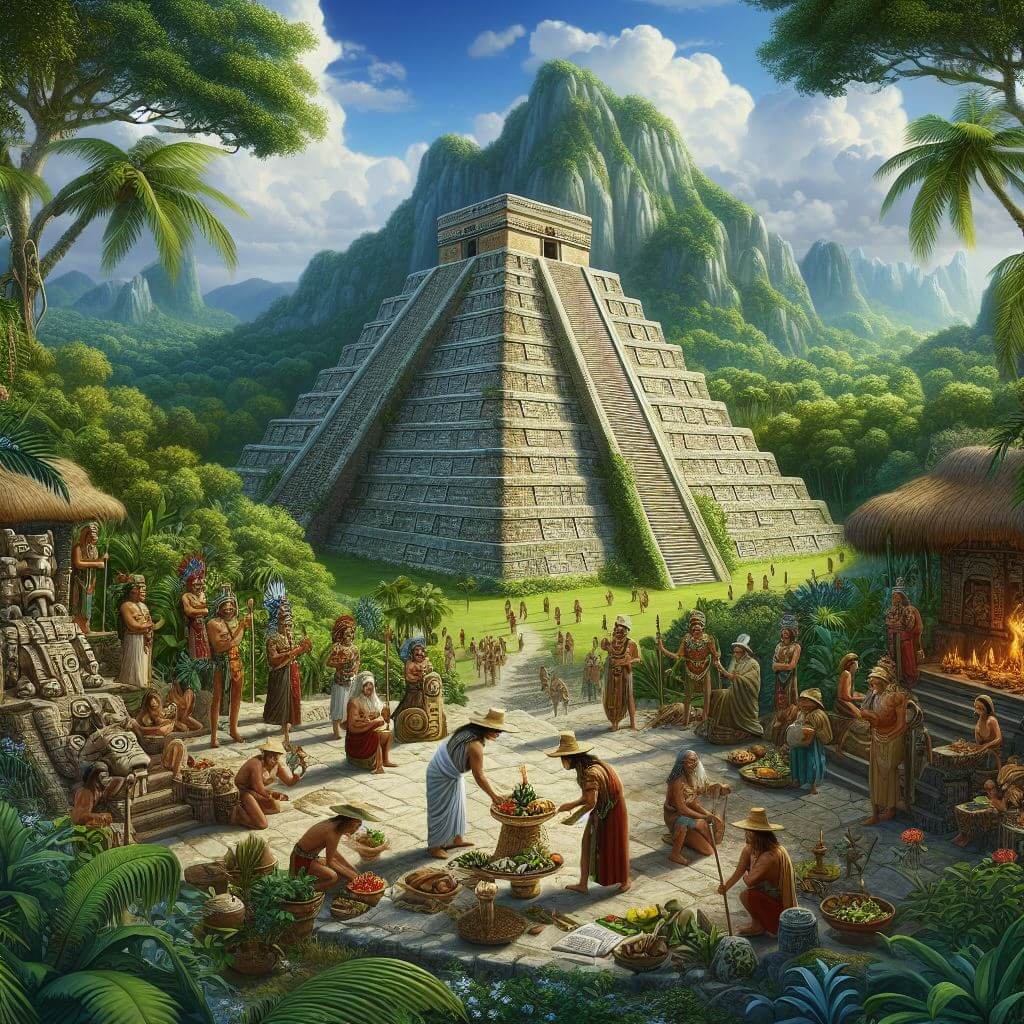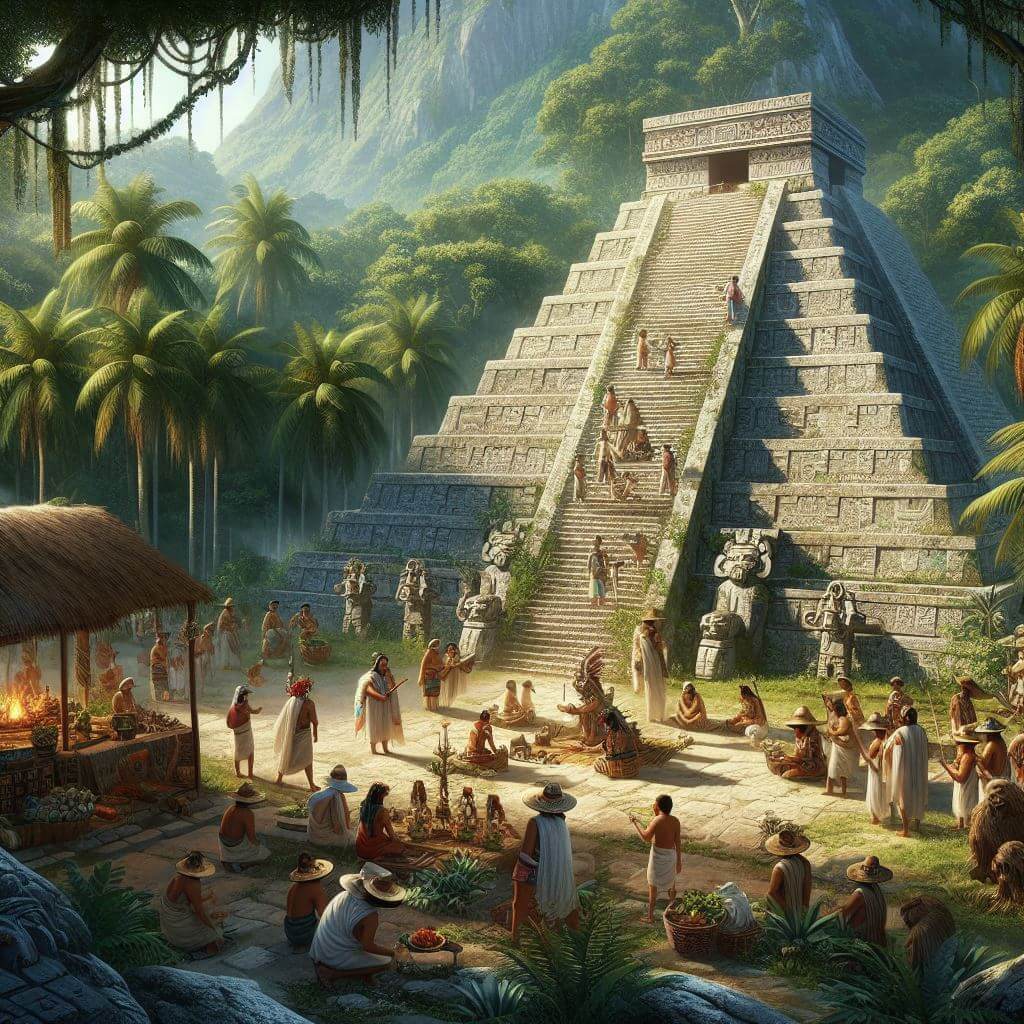Explore the intricate world of the Mayan calendar system, from its mathematical precision to its cultural significance. Discover how the Mayans calculated time, their advanced astronomical achievements, and the legacy of their calendar in modern understanding.

The Mayan civilization, known for its advancements in astronomy and mathematics, left behind a legacy that continues to intrigue and captivate modern scholars. Central to their intellectual achievements was the Mayan calendar, a sophisticated system of timekeeping that reflected their deep understanding of celestial movements. This article explores the intricacies of the Mayan calendar, shedding light on how they calculated time and the significance of their astronomical observations.
Origins of the Mayan Calendar
The Mayan calendar system was not just a tool for tracking time; it was a reflection of their cosmology and religious beliefs. The calendar was crucial for scheduling religious ceremonies, agricultural activities, and predicting celestial events such as eclipses. While the exact origins of the Mayan calendar are shrouded in mystery, it is believed to have evolved over centuries of observation and refinement.
The Dresden Codex: A Window into Mayan Astronomy
One of the most important sources of information about the Mayan calendar and astronomy is the Dresden Codex. This ancient manuscript, believed to have been created around the 11th or 12th century, contains detailed tables of celestial events such as eclipses. While these dates were likely the result of calculations rather than direct observations, they demonstrate the Mayan’s advanced understanding of astronomy.

Mayan Astronomical Achievements
Calculations vs. Observations
The dates recorded in the Dresden Codex indicate that the Mayans were capable of complex astronomical calculations. However, it is important to note that these dates were likely based on mathematical models rather than direct observations of celestial phenomena. This does not diminish their achievements; rather, it highlights their mathematical prowess and the sophistication of their calendar system.
Long Tradition of Astronomy
The Mayan calendar was not developed overnight but was the result of a long tradition of astronomical study. The existence of intricate calculations in the Dresden Codex suggests that Mayan astronomy had been evolving for centuries before the arrival of the Spaniards. This continuity of knowledge speaks to a dedicated lineage of astronomers and scholars within Mayan society.

The Structure of the Mayan Calendar
Tun, Uinal, and Katun
The Mayan calendar consisted of several interlocking cycles, each with its own significance. At its core was the tun, a period of 360 days divided into 18 uinals, each comprising 20 days. A katun was a group of 20 tuns, forming a larger unit of time. This hierarchical structure allowed the Mayans to track longer periods with precision.
The Haab’ and Tzolk’in
In addition to the tun-based calendar, the Mayans also used the Haab’ and Tzolk’in calendars. The Haab’ was a solar calendar with 18 months of 20 days each, plus a 5-day “month” at the end, totaling 365 days. This closely approximated the solar year and was used for agricultural and seasonal purposes. The Tzolk’in, on the other hand, was a 260-day calendar made up of 13 periods of 20 days each. It was used for divination and religious ceremonies, with each day having a specific significance.
Synchronization of Calendars
What is remarkable about the Mayan calendar system is that these different cycles were not designed to align perfectly. Instead, they ran concurrently, creating a unique and complex system of timekeeping. This lack of synchronization highlights the Mayan’s view of time as multifaceted and cyclical, rather than linear.

Legacy of the Mayan Calendar
The Mayan calendar continues to fascinate scholars and enthusiasts alike, not only for its mathematical precision but also for its cultural and spiritual significance. Despite the end of the Mayan civilization as a dominant force in Mesoamerica, their calendar lives on as a testament to their intellectual achievements.
Influence on Modern Understanding
The study of the Mayan calendar has contributed to our understanding of ancient Mesoamerican cultures and their scientific advancements. Scholars continue to decipher the intricate symbols and calculations embedded in the calendar, shedding light on Mayan cosmology and worldview.
Cultural Significance
Beyond its scientific value, the Mayan calendar holds deep cultural and spiritual significance. It was intricately tied to religious practices, mythological beliefs, and the agricultural cycle. Understanding the calendar provides insight into the daily lives and rituals of the Mayan people.
Conclusion
The Mayan calendar stands as a testament to the ingenuity and sophistication of ancient Mesoamerican civilizations. Through careful observation and mathematical precision, the Mayans developed a calendar system that not only tracked time but also reflected their cosmological beliefs. While their astronomical dates may have been the result of calculations rather than direct observations, the complexity of their calendar speaks to a long tradition of astronomical study. Today, the Mayan calendar continues to captivate the imagination of scholars and enthusiasts, offering a window into the rich tapestry of Mayan culture and knowledge.